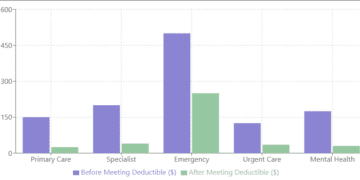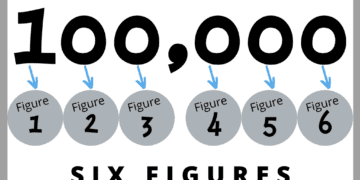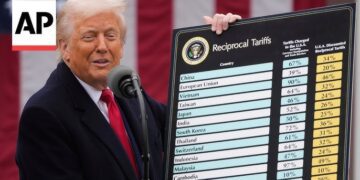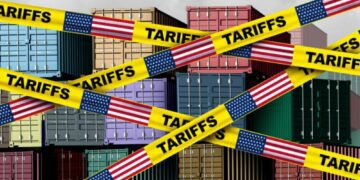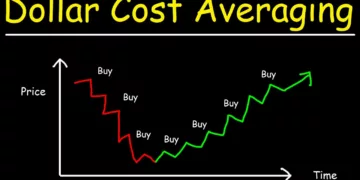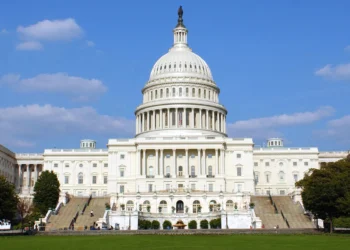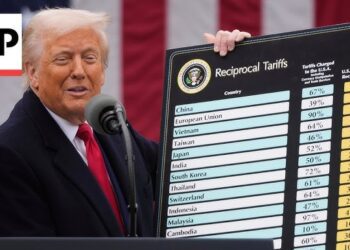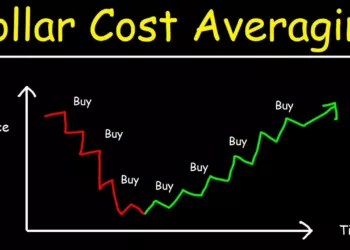While reading the weekly newsletter from Financial Samurai recently, I stumbled upon some fascinating data about international tariffs that made me stop and think. With all the heated discussion about potential new U.S. tariffs under the Trump administration, something important seems to be missing from the conversation.
The Missing Piece of the Tariff Discussion
Most media coverage focuses intensely on U.S. tariff policies, particularly those proposed or implemented by the Trump administration. But what about the tariffs other countries impose on American goods? This question led me down a rabbit hole of research, and what I discovered was eye-opening.
“Everyone’s talking about U.S. reciprocal tariffs under Trump, but hardly anyone mentions the tariffs imposed on the U.S.” – Financial Samurai
This observation resonated with me. In political discussions, tariffs are often portrayed as aggressive, unilateral actions by the U.S., but the data tells a more complex story.
The Numbers Don’t Lie: Tariff Disparities
According to data from the World Trade Organization (WTO), U.S. Trade Representative reports, and 2024 national trade data, there’s a clear imbalance in how many countries tax U.S. goods compared to how the U.S. taxes theirs:
| Country | Tariff Rate on U.S. Goods | U.S. Tariff Rate on Their Goods | Difference |
|---|---|---|---|
| Mexico | 7.0% | 2.4% | +4.6% |
| Canada | 4.2% | 1.9% | +2.3% |
| China | 17.5% | 17.5% | 0.0% |
| Japan | 2.5% | 1.6% | +0.9% |
| UK | 2.8% | 1.6% | +1.2% |
| France | 2.8% | 1.6% | +1.2% |
| Germany | 2.8% | 1.6% | +1.2% |
| Russia | 4.2% | 4.0% | +0.2% |
Looking at this data, something becomes immediately clear: with the exception of China (where tariffs are equal), every major trading partner imposes higher tariffs on U.S. goods than the U.S. imposes on theirs.
Why Tariffs Matter
For those who aren’t economics buffs, let me briefly explain why this matters. Tariffs are essentially taxes imposed on imported goods. When Canada places a 4.2% tariff on U.S. goods, that means American products become 4.2% more expensive for Canadian consumers, making them less competitive compared to locally-produced alternatives.
These price increases directly impact:
- American businesses trying to sell abroad
- Job creation in export-oriented industries
- Our trade deficit
- Bilateral relationships with trading partners
The Selective Outrage Puzzle
This brings me to a perplexing question: Why is there so much focus on U.S. tariff policies but comparatively little discussion about the higher tariffs other countries place on American goods?
When I see headlines about how “dangerous” or “destructive” U.S. tariffs would be, I can’t help but wonder: Where was this concern when discussing Mexico’s 7% tariff on U.S. goods (compared to our 2.4% on theirs)? Or the EU nations’ consistently higher rates?
Is it simply ignorance of these disparities? Media bias? Political positioning? Or perhaps a more nuanced economic argument that I’m missing?
The Case for Tariff Reciprocity
The concept of reciprocity in trade isn’t new. The principle is straightforward: countries should treat each other’s products similarly. If Mexico charges 7% on U.S. goods, perhaps the U.S. should charge a similar rate on Mexican imports. Or better yet, as Financial Samurai suggested, perhaps everyone should lower their tariffs to create a more level playing field.
As the Peterson Institute for International Economics notes, the U.S. actually faces higher tariffs abroad than most other advanced economies face when exporting to the same markets. This isn’t just about politics—it’s about economic fairness.
Potential Paths Forward
There appear to be three main options:
- Status Quo: Continue with the current imbalanced tariff structure
- Reciprocal Increase: Raise U.S. tariffs to match those of our trading partners
- Mutual Reduction: Negotiate for all parties to lower tariffs to the lowest common denominator
As Financial Samurai wisely put it:
“Hopefully, the rest of the G20 lowers their tariffs to match the U.S.’s average tariff rate—or at least reduces them in good faith—because if not, we all lose.”
I tend to agree that option #3 would be ideal, but it requires willing partners at the negotiating table.
Preparing for Market Reactions
Regardless of which path forward we take, markets are likely to react to any significant changes in trade policy. Financial Samurai suggests being prepared for a potential 5-10% decline in equity performance and recommends:
- Mentally preparing for market downside
- Keeping cash available for dollar-cost averaging
- Being patient through April as markets adjust
Final Thoughts
I’m not suggesting that all tariffs are good or that reciprocal tariffs are always the answer. International trade is complex, and there are valid arguments on multiple sides.
What I am suggesting is that we need a more balanced, factual discussion about tariffs that acknowledges the current imbalances in the system. When we only talk about U.S. tariffs without mentioning the higher tariffs already imposed on American goods, we’re missing half the picture.
What do you think? Is tariff equality something worth pursuing? Or are there good reasons for the current imbalances that I’m overlooking? I’d love to hear your thoughts in the comments below.
For further reading, check out the following:
- Understanding President Trump’s New Reciprocal Tariff Order: What It Means for Americans
- The Hidden Winners: How Smart Companies Are Profiting from Trump’s Tariff Storm
Sources: World Trade Organization (WTO), U.S. Trade Representative reports, and 2024 national trade data



